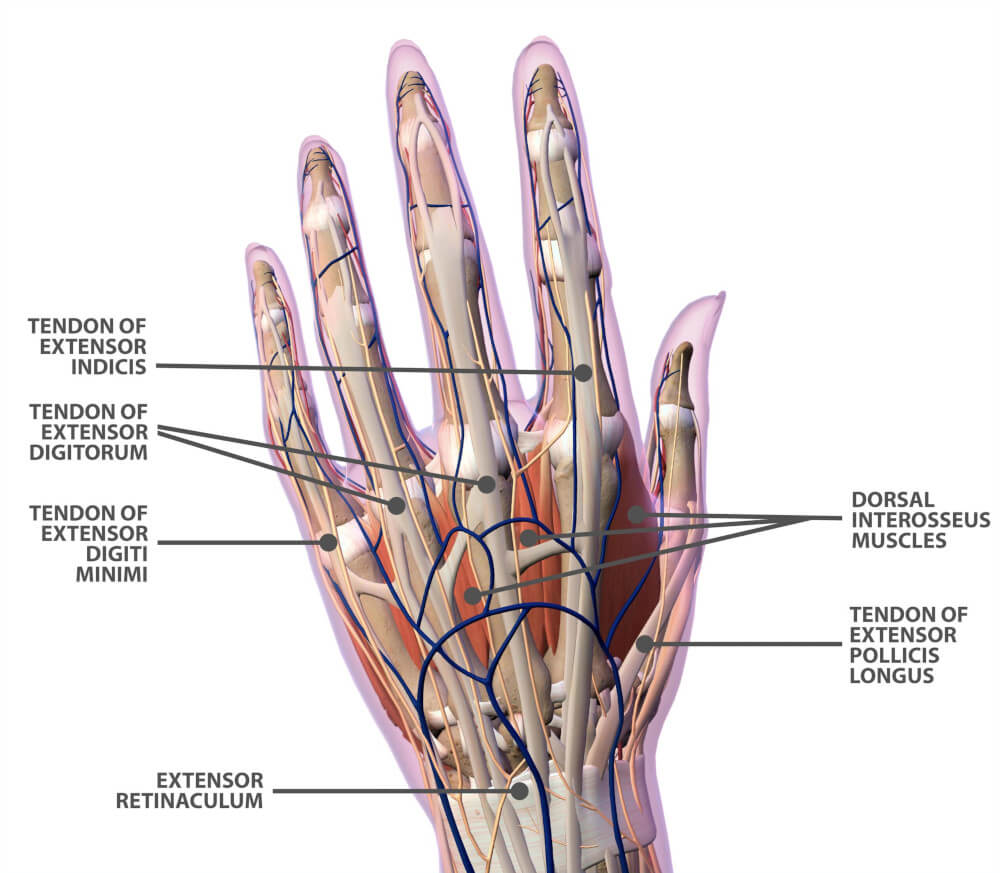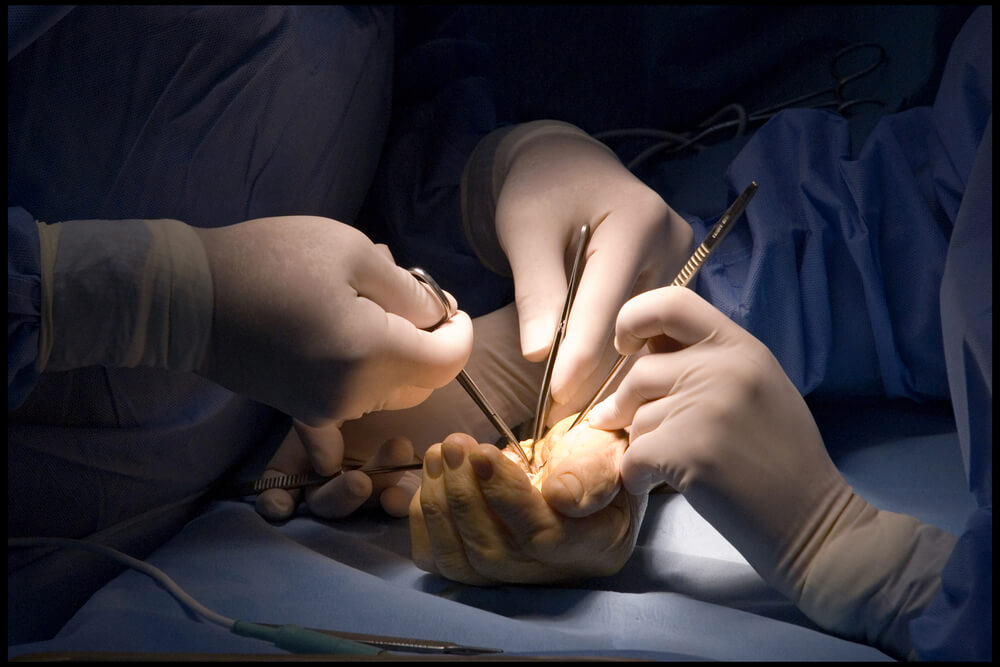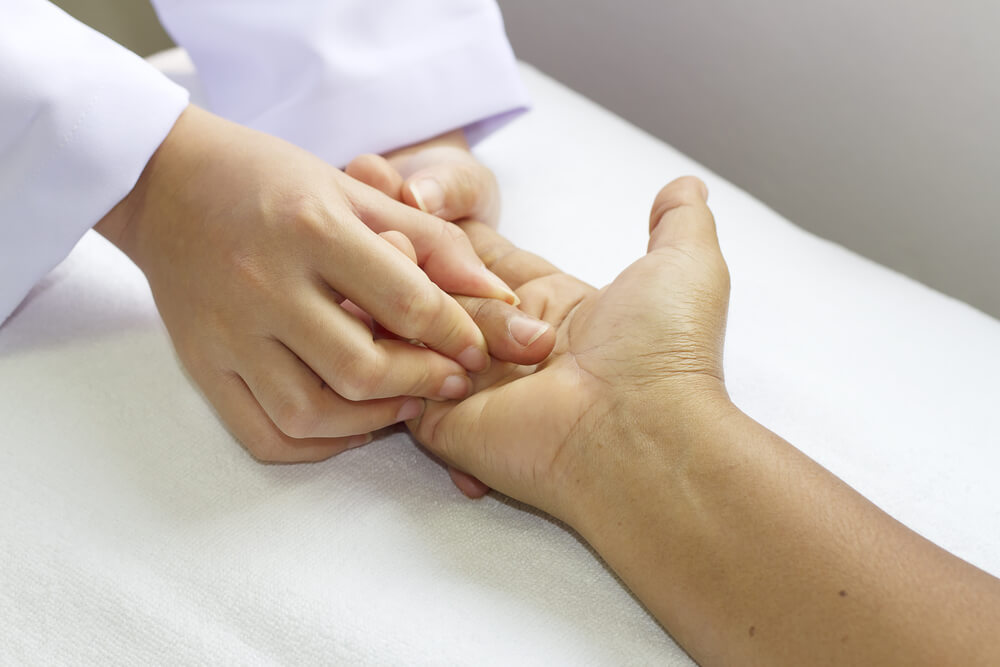Tendon Transfer
Home » Treatment » Hand & Wrist » Tendon Transfer Neuro Re-education
What is a Tendon Transfer?
Tendon transfer neuro re-education is a rehabilitative approach that combines tendon transfer surgery with neurorehabilitation techniques. Tendon transfer involves surgically moving a tendon from its original attachment to a new one to restore function in cases of nerve damage or paralysis. In the hand, tendon transfer is often used to treat tendon damage that has been caused by nerve injury, muscle rupture or nervous-system injury.
Neuro re-education focuses on retraining the nervous system to adapt to these changes and optimize muscle function. This comprehensive approach aims to improve motor control, strength, and coordination in individuals with nerve injuries or paralysis.
We can work with patients to enhance the brain’s ability to activate and control muscles following tendon transfer surgery, promoting functional recovery and improved quality of life.
If you have a question about whether your condition should be treated by one of our hand therapists, call Restored Hope Hand Therapy at (928) 275-2201.

Anatomy of the Hand
Tendons are flexible pieces of tissue connecting bones to muscles. Your hands contain two specific tendons: flexor and extensor.
Flexor tendons begin in the flexor muscles of the forearms and extend to attach with the finger bones. Each finger contains two flexors, and the thumb has one. The flexors enable your fingers to bend. These tendons are close to the skin, which increases their chances of becoming injured.
The extensor tendon runs alongside the backside of your hands and fingers. These tissues attach the forearm muscles to your wrists. The extensors allow the fingers and wrists to straighten out. These tendons are also located not far beneath the skin, making them more prone to damage.
The Tendon Transfer Procedure
Only a healthy, well-functioning tendon with a good blood supply is used for transfer. It must be taken from an area in which the tendons that remain can still provide the function the transferred tendon was providing. During the tendon-transfer procedure, which is performed on an outpatient basis, two incisions are made: one to access the tendon being transferred, and one to access the area in which the tendon will be attached. The healthy tendon is then rerouted to the new attachment site, where it is secured with stitches to the targeted bone or tendon.

Recovery from Tendon Transfer
After tendon transfer surgery, a splint or cast is worn for up to 2 months to keep the tendon immobilized. After the splint or cast is removed, occupational therapy is usually necessary in order to restore full range of motion.
Its slow work and takes great patience and perseverance from the patient but is hugely rewarding for them, the therapist and the surgical team when function is regained. Thank you to our patient for letting us discuss the case and use the photos.
Main principles of rehabilitation after tendon grafting:
- Protect the transfer and avoid early tension on the newly transferred tendon until healed (usually from 5-6 weeks post op.). Achieved through protective splinting and controlled motion.
- Maximize individual joint motion to prevent contractures (usually from 4 weeks)
- Initiate re-education of the transfer (usually from 5 weeks but at surgeon’s discretion based on their knowledge of the transfer suture robustness). Utilizing re-education techniques for each transfer (surgeries may include other tendon and nerve transfers).
- Functional use of the transfer e.g., with grasp and release activities.
- Strengthening (from approximately 8 weeks after surgery.)

Neuro Re-education in Prescott, AZ
Re-educating a patient after tendon transfer is a collaborative effort between the hand therapist and the patient, aimed at optimizing hand function and promoting a successful recovery. At Restored Hope Hand Therapy, the rehabilitation process typically involves several key components:
- Postoperative Assessment: We’ll conduct an initial assessment to evaluate the patient’s overall hand function, range of motion, strength, and any potential complications. This assessment provides a baseline for designing an individualized rehabilitation plan.
- Wound Care and Protection: If there are surgical incisions, we will monitor wound healing and provides guidance on proper wound care to prevent infections. We may also recommend protective measures to avoid stressing the newly transferred tendons.
- Immobilization and Protection: Depending on the specific tendon transfer and surgical approach, the hand therapist may recommend temporary splinting or bracing to protect the hand and maintain proper alignment during the initial healing phase.
- Range of Motion Exercises: Gradual introduction of range of motion exercises helps prevent stiffness and promotes flexibility. The therapist guides the patient through controlled movements to ensure the transferred tendons adapt to their new attachments.
- Strength Training: Progressive strength training is initiated to build muscle strength in the hand and fingers. We’ll tailor exercises to target the specific muscles involved in the tendon transfer, gradually increasing resistance as the patient progresses.
- Coordination and Motor Control: Exercises focusing on coordination and motor control are crucial for retraining the nervous system to work with the newly transferred tendons. Activities may include precision tasks and fine motor skills to enhance overall hand function.
- Functional Activities: The rehabilitation program incorporates functional activities that mimic daily tasks, ensuring the patient can apply their newfound strength and coordination to real-life situations. This may include activities like grasping objects, buttoning clothes, or using utensils.
- Pain Management: We’ll address any pain or discomfort associated with the rehabilitation process. This may involve the use of modalities such as ice, heat, or therapeutic ultrasound, along with pain-relieving exercises.
- Patient Education: Throughout the rehabilitation process, we’ll also educate the patient on proper hand care, exercises, and strategies for managing daily activities. This empowers the patient to actively participate in their recovery.
- Progress Monitoring and Adjustments: Regular follow-up appointments allow the therapist to monitor progress, make necessary adjustments to the rehabilitation plan, and address any concerns or challenges the patient may be facing.
- Long-Term Maintenance: Even after the initial rehabilitation phase, we may recommend ongoing exercises and activities to maintain optimal hand function and prevent recurrence of issues.
The success of tendon transfer neuro re-education hinges on the collaborative efforts of the patient, hand therapist, and, if applicable, other members of the healthcare team. Customized and progressive rehabilitation plans play a crucial role in helping individuals regain functional independence and achieve the best possible outcomes after tendon transfer surgery.
Hand & Wrist Therapy Options
individualized-specific therapy programs to offer you the best possible results.
Hand & Wrist
- Arthritis
- Carpal & Cubital Tunnel Syndromes
- De Quervain's Tenosynovitis
- Dislocations
- Dupuytren's Contracture
- Flexor Tendon Injuries
- Fractures
- Ganglion Cyst
- Ligament Tears
- Mallet Finger
- Sprains & Strains
- Tendon Transfer Neuro Re-education
- Trigger Finger
- Wrist Sprain

